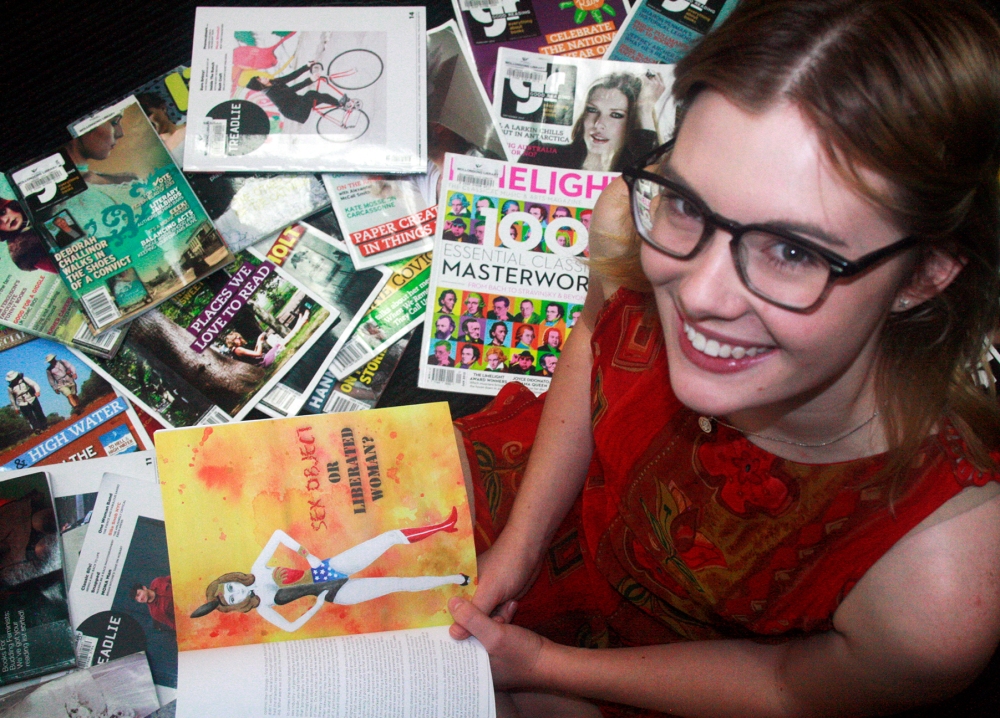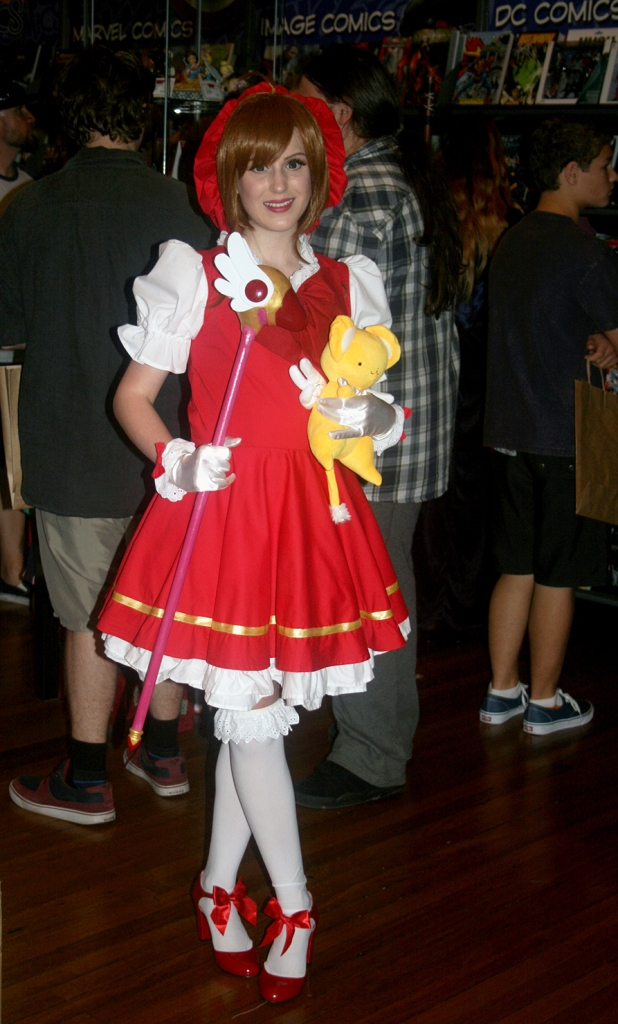Issues that journalism students may be confronted with in their future careers traverses everything from media law, sexism and bias to the rise of digital journalism and an industry struggling to adapt to change.
Copyright issues with news aggregation is a topic of great contention, particularly as media law evolves with the rise of digital journalism. Discussion in the public sphere following with the sacking of New York Times editor Jill Abramson suggests that gender inequality in the media industry is still a problem. The quality and integrity of news published by media organisations with perceived bias and ideological agendas is in question. Then there’s the matter of a career in print journalism looking bleak as revenue and subsequently the number of jobs declines.
Thomas Hudson, 18, hopes to become a sports journalist and says, “I want to always be honest in my work. I’m strongly against biased and agenda-driven reporting. Trying to present all the perspectives of a story is the aim,”
“I don’t like injustice so I would not miss the opportunity to expose corruption or malpractice in sport if the opportunity arose,”
“My biggest concern is primarily the amount of competition for a sports journalism role. There are so many young journalists like myself hoping to one day find themselves in one the few coveted positions.”
Maneesha Todd, 18, would like to write for women’s or teenage girl’s magazines. She says, “I think that some people don’t take women seriously; they’re seen as preferring softer issues. You might have an editor who gives you women’s ‘niche areas’ instead of say, if you were passionate about politics, they might dismiss that because they don’t think you’re up for it.”
“I’m a feminist and I’m really passionate about changing things as well, so I’m interested in creating or working for a magazine that creates a positive space for women. Positive messages. I feel like magazine culture is particularly harmful to the ideas about women and I think that getting some different perspectives in that space would be really helpful,”
“I still think that there’s a market for magazines. I still think that people like the whole idea of a tangible thing. I don’t think it’s entirely lost, but I think that the job is much more competitive and it’s getting harder because people are less likely to spend $10 on something they could get online much cheaper.”

Maneesha Todd hopes to shake up magazine culture and bring positive, feminist messaging to young women.
Amy Starling, 28, would like a career in print and online journalism, foreign correspondence and investigative journalism. “I’d like to believe I’d do whatever was in the people’s interest, even if it was considered detrimental to big business for example. I guess a brave example of this would be The Guardian’s Glenn Greenwald when he was approached by Edward Snowden. I’d like to think I could be brave like that if ever in that kind of situation!”
“My agenda is to conscientiously provide unbiased reporting – which is at the heart of true journalism. Rather than sneaking in my own bias every which way, I’d like to be the voice of people who perhaps don’t have much of one, though I think it would be an eternal struggle to hold onto your integrity and not sell out when the money is often with the big corporations.”
Breanna O’Neill, 18, would love to land a role with Disney despite criticisms the company faces: “It’s definitely a tough industry, and it is important to uphold the reputation they have worked to build for so long. The demands of the public would be a major concern, due to the constant criticisms they face,”
“People are quick to criticise the company for perpetuating negative stereotypes of gender and race, however this really follows the ‘media effects’ model upheld in society, which I have blogged about. We cannot judge the company for a piece created almost 80 years ago that is correct in its contextual portrayal of the character. Critics are over-analysing these films to the point of stupidity.”
Despite being faced with these big issues, the number of young people enrolling in Journalism is on the rise and students are still prepared to continue with their studies in the hopes of attaining a rewarding career in the industry.




